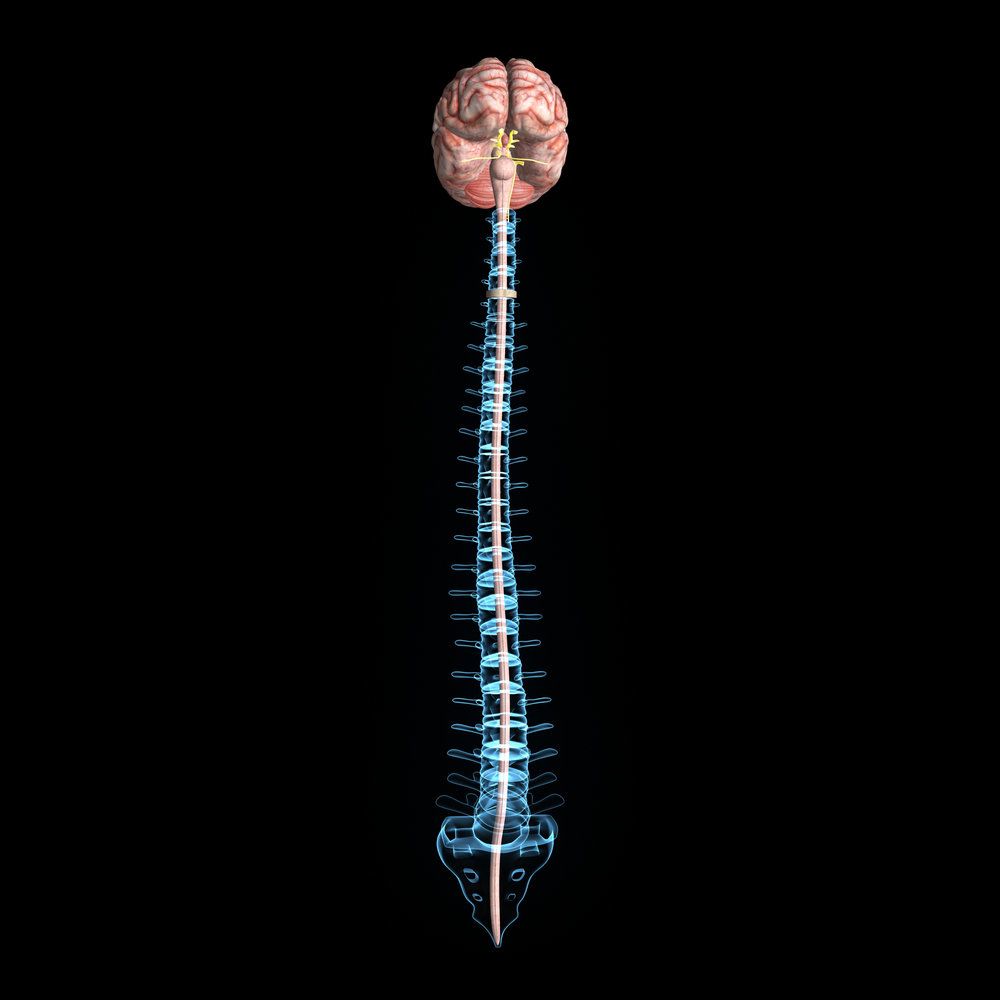 The team at Orthopaedic Specialists of Austin offers state-of-the-art spine surgery, helping patients with back and neck pain issues. Spinal fusion is one of the surgeries that is quite effective for addressing serious neck and back problems.
The team at Orthopaedic Specialists of Austin offers state-of-the-art spine surgery, helping patients with back and neck pain issues. Spinal fusion is one of the surgeries that is quite effective for addressing serious neck and back problems.
Also known as spondylodesis and spondylosyndesi, spinal fusion surgery is a procedure that joins two or more vertebrae together. This fusion is not immediate, but involves a process of placing bone grafts to unite adjacent vertebrae so that they come together over the course of a few months. Spinal fusion surgery is an ideal way to relieve pain caused by spinal conditions and injuries and restore a patient's strength and mobility.
Why Spinal Fusion Surgery Is Performed
Spinal fusion is performed in order to prevent the motion of the affected portion of the spinal cord, a common treatment for serious spinal cord injuries and spinal cord deformities. Stabilizing vertebrae is quite effective for such issues.
Patients who suffer from degenerative disc disease or spondylolisthesis can undergo spinal fusion surgery when non-surgical procedures fail to relieve pain. Degenerative disc disease is an age-related breakdown of the spongy discs that are located between the vertebrae. Spondylolisthesis is a condition in which a vertebrae slips out of place over the bone beneath it.
Ideal Candidates for Spinal Fusion Surgery
Good candidates for spinal fusion surgery are people whose spinal cord conditions cannot be effectively treated through non-surgical or minimally invasive therapies. They should be in good health overall and not suffer from medical problems that would make a surgical procedure a significant health risk.
As with any surgery, patients need to be aware of the risks and benefits involved with undergoing spinal fusion, and they should have realistic expectations about the results of surgery and the recovery process.
The Spinal Fusion Procedure
There are different ways of performing spinal fusion surgery, and the exact approach will depend on the nature of the patient's condition, the location of the surgery along the spine, and so on. In addition, the size of the incision can vary depending on the nature of the procedure and what a surgeon deems best for patient wellness. Consequently, the duration of surgery can vary as well.
While there are differences from surgery to surgery, the same principle applies to all of them. Donor bone from a patient (autograft) or bone from a bone graft (allograft) is placed between vertebrae and fixed into position using biocompatible screws and other items. This helps provide the necessary stability between vertebrae that patients need.
Recovery from Spinal Fusion Surgery
Full recovery from spinal fusion surgery can take several months to a year since the bone grafts need to properly join and fuse the vertebrae together. This process cannot be rushed, which is why early on, patients may stay in the hospital for a few days for monitoring, and they will subsequently be asked to avoid certain physical activities to ensure the newly placed grafts heal properly.
Many patients will be able to return to their jobs after surgery after four to six weeks, though it depends on the nature of their occupation and daily duties performed. After three to four months, a significant amount of healing occurs, with patients noticing improved strength and reduced pain.
While healing from surgery, patients will often undergo physical therapy and rehabilitation. This will help them strengthen their back and core while simultaneously facilitating the recovery process.
Contact Orthopaedic Specialists of Austin
For more information about spinal surgery and how we can help you achieve better mobility, flexibility, and wellness, be sure to contact our advanced spinal surgery center today. Dr. Robert Josey and Dr. Michael Moghimi will help you make smart choices about your surgical options.
